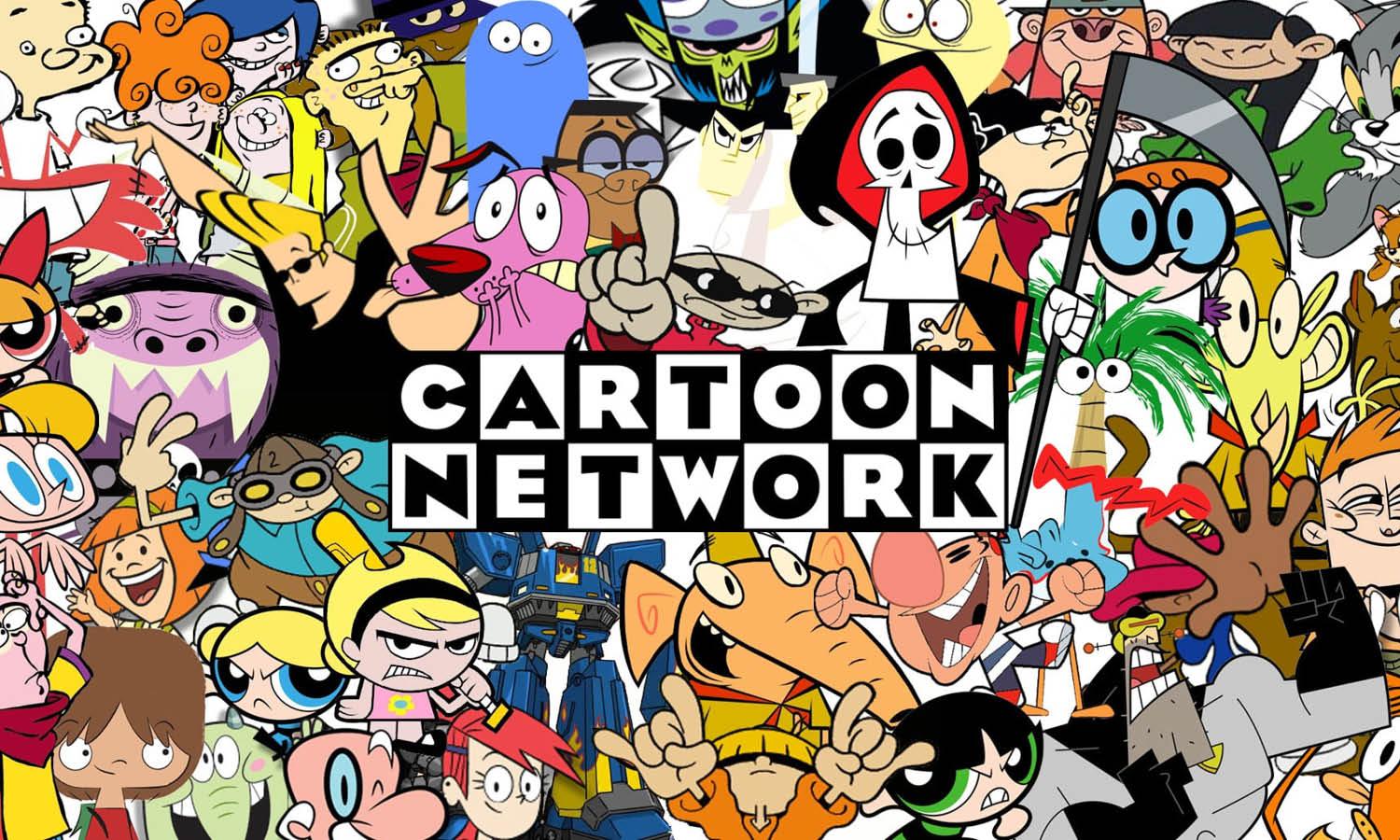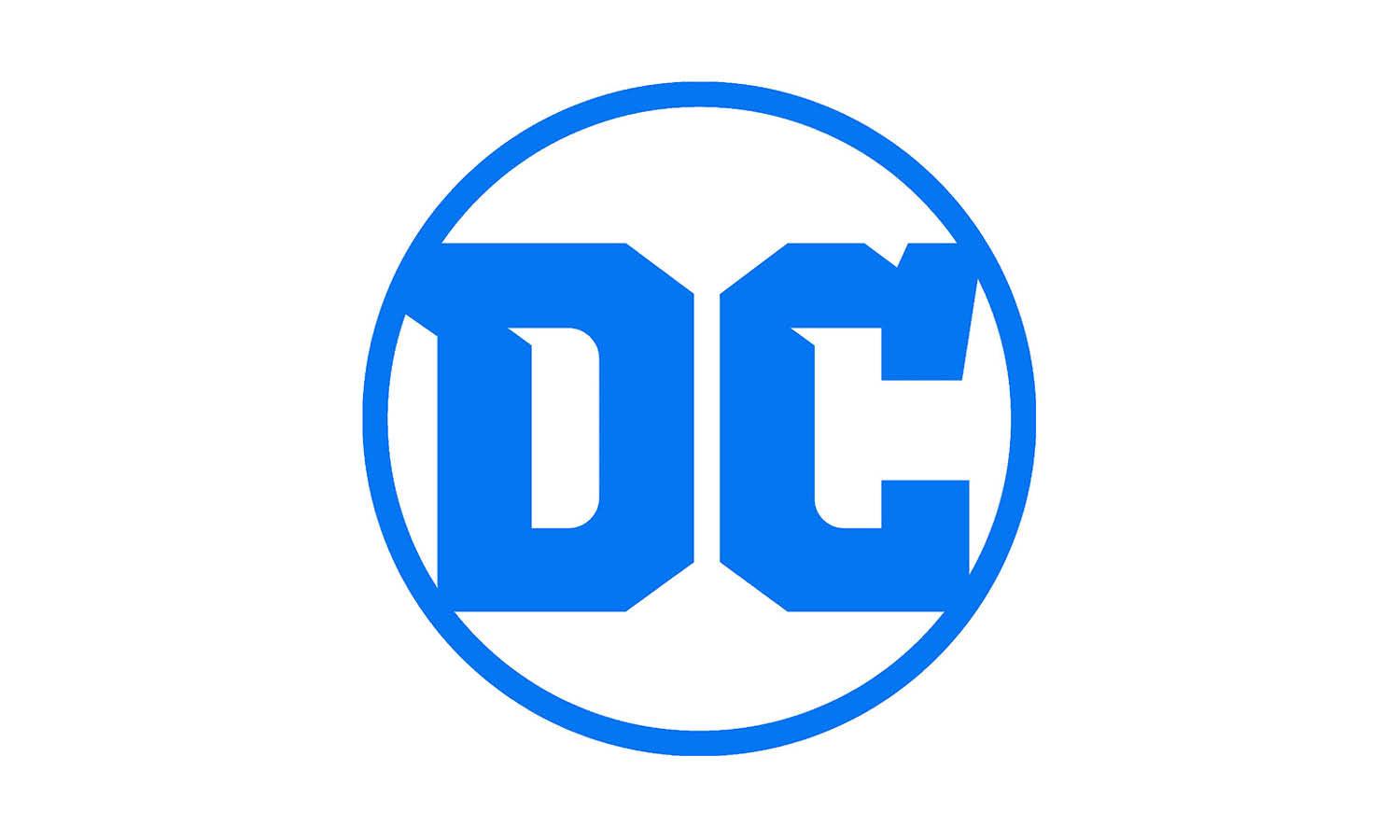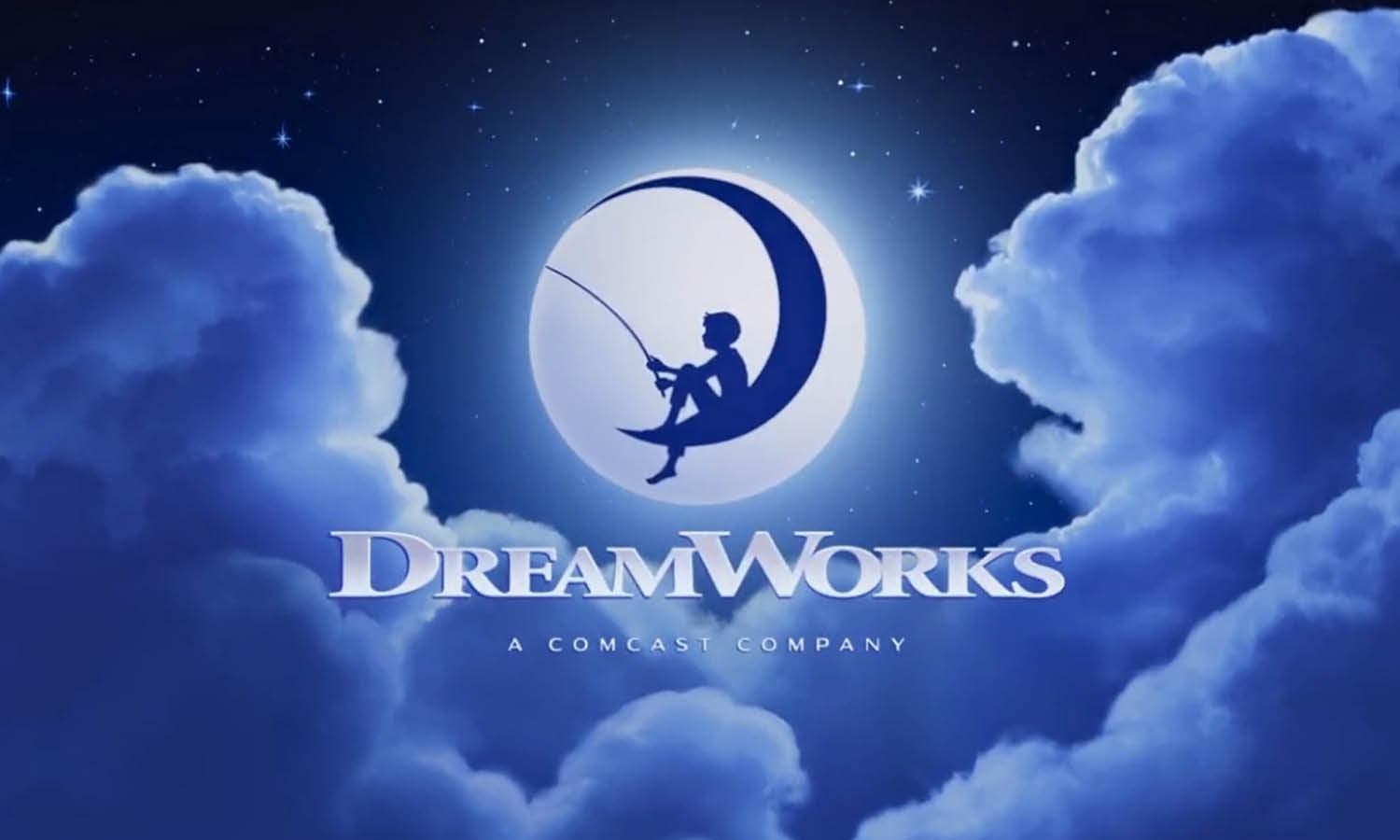BBC Logo Design: History & Evolution

Image Courtesy: BBC
The BBC logo design is more than just a symbol; it's a visual narration of history, a blend of art and technology, and an emblem representing one of the world's most recognized broadcasting corporations. Since its inception, the BBC logo design has undergone transformations that are both subtle and significant, each resonating with the changing times. If you're a graphic designer with a keen eye for detail, you'll find the evolution of the BBC logo design a fascinating journey to explore.
This chronicle not only provides insights into the choices and challenges faced by designers but also mirrors the growth and shifts within the industry itself. In this article, we'll delve into the history and evolution of the BBC logo design, unraveling its transitions and what they mean to us as designers. Whether you're a seasoned professional or a newbie with a passion for logos, join us on this exciting ride through design and creativity that's sure to intrigue and inspire.
BBC Logo Design History
1958 - 1963
During the years 1958 to 1963, the BBC logo design embarked on a new phase, setting a tone that would be instrumental in defining the visual identity of the brand for years to come. This crucial period marked an era of expansion for the BBC, particularly in the international broadcasting market. The existing influence was growing, and so was the need for a logo that would stand out and resonate with audiences worldwide.
The creation of the first official BBC logo design was a mission undertaken by Abram Games Studio. They took on the challenge of devising a symbol that would reflect the BBC's emerging presence and align with the brand's ambitions. The result was a distinctive sign consisting of three black squares, a simple yet profound statement. Within each square, one letter from the abbreviation of the name "BBC" was typed in white slanting font Univers.
The choice of this design was more than just an aesthetic decision. The three squares represented unity and the three fundamental principles of the corporation. The slanting font added dynamism and was symbolic of forward-thinking. Moreover, the black and white contrast was striking and ensured high visibility.
Designed specifically as an on-air image, the logo was streamlined and impactful. It became synonymous with the broadcasts and was instantly recognizable. The BBC logo design from 1958 to 1963 wasn't just about aesthetics; it was a strategic move that harmonized with the company's evolving presence and appealed to a global audience.
Graphic designers looking to understand the essence of effective branding can draw much inspiration from this era of BBC logo design. It's a testament to how design, when combined with deep understanding and creativity, can transform a brand's image. The use of the Univers font, the stark contrast in colors, and the simplicity of the design all contributed to a timeless appeal.
The BBC logo design during 1958 to 1963 is a classic example of how design can transcend beyond visuals to become an embodiment of a brand's philosophy and ambitions. It marked the beginning of a new chapter, one where design and broadcasting joined forces to create a visual symphony that's still celebrated and studied by graphic designers around the world. Whether you're seeking inspiration or a glimpse into design history, the BBC logo's legacy from this period offers both in abundance.

Image Courtesy: BBC
1963 - 1971
The years 1963 to 1971 brought an intriguing twist to the BBC logo design. Graphic designers and branding enthusiasts often regard this era as a study in subtle but strategic transformation. During these years, the BBC took a calculated step to tweak their already-iconic logo, all while preserving the elements that made it unique.
What makes this period interesting in the journey of the BBC logo design is the focus on refining rather than revamping. The original three black squares that housed the letters 'BBC' were given a slant symmetrical to the slant of the letters themselves. This may seem like a minor change, but it added an extra layer of cohesiveness and dynamic motion to the logo.
This slanting of the squares perfectly aligned with the existing font, creating a sense of flow and unity. It gave the logo a more forward-leaning appearance, emphasizing progress and innovation, values that the BBC was keen to portray.
The implementation of the logo also expanded during this time. Not content to remain only as an on-air image, the BBC logo design was now applied to cameras and the company's television equipment. It became a true emblem of the brand, proudly displayed at the end of broadcasts. This marked a significant milestone in brand identity, where the logo permeated various facets of the business, reinforcing the BBC's presence and commitment to quality.
For graphic designers, the 1963 - 1971 era of the BBC logo design is a lesson in the art of finesse. It shows how even the most subtle of changes can breathe new life into a design, making it more aligned with the brand's evolving story. It's a reminder that innovation doesn't always mean complete transformation; sometimes, it's about recognizing what works and enhancing it to fit new contexts.
In the realm of branding, the BBC logo design from 1963 to 1971 stands as a testament to the power of thoughtfully executed design changes. It's an example of how design, no matter how simple, can deeply influence brand perception and loyalty. Whether you're an aspiring designer or a seasoned professional, the BBC logo's evolution during this period offers valuable insights into the delicate balance between maintaining brand legacy and embracing change, all through the lens of creative design.

Image Courtesy: BBC
1971 - 1992
The era between 1971 and 1992 in the BBC logo design is an intriguing period filled with subtlety, evolution, and strategic thinking. For more than two decades leading up to 1971, the BBC maintained its visual identity with little interest in rebranding. But as the landscape of broadcasting began to shift, so too did the approach to the BBC logo design.
In 1971, the black blocks housing the iconic acronym underwent a gentle transformation, acquiring rounded edges and an increased distance between them. This seemingly minimal alteration had a profound impact on the overall appearance of the logo. The softening of the edges added a touch of modernity, making the BBC logo design more approachable, while the increased spacing between the blocks created a more visually pleasing balance.
During the late eighties and early nineties, the importance of a company's visual identity became paramount. Brand image started to wield significant influence over popularity and consumer interest. In an era filled with competition and the burgeoning threat of imitation, the BBC logo design became more than a mere symbol; it became a mark of authenticity.
As television programming evolved, the BBC found itself in a position to ensure viewers that what they were watching was genuine BBC content. The logo, therefore, began to act as a seal of quality and originality. It was a time when logos started to have substantial branding implications, assuring viewers of the content's origin and quality.
Despite the introduction of a new logo in 1988, the rounded-block version remained in use until 1992, a testament to its enduring appeal and effectiveness. Its prolonged presence highlighted the BBC's commitment to consistency while subtly adapting to the changing tides of design trends and consumer behavior.
The 1971 - 1992 chapter of the BBC logo design offers a rich lesson in restraint, adaptation, and strategic design thinking. It's a period that emphasizes the importance of minor tweaks in refreshing a brand's image without losing its core identity. It reminds us that sometimes, small changes can make a big impact, especially in a world where logos are not just symbols but essential elements in building trust and authenticity.
The evolution of the BBC logo design during these years paints a vivid picture of how a brand can maintain its visual heritage while subtly adapting to the times. It's an inspiring example for all designers, illustrating the art of delicate change and the timeless appeal of well-crafted design.

Image Courtesy: BBC
1988 - 1998
The decade from 1988 to 1998 was a period of reawakening for the BBC logo design. As the broadcasting landscape continued to evolve, the corporation recognized the need to bring a fresh perspective to its visual identity. It was a time of innovation and reflection, all captured in a new design that spoke to both the history and future of the brand.
In 1998, the Michael Peters Design Agency was tasked with the development of the brand mark. They looked back to the pointed corners of the black blocks, a visual element that was part of the earlier logo, retaining the unique 17˚ acute angle. The spaces between the blocks remained consistent, but it was the introduction of the Helvetica Neue font that brought a remarkable transformation. The edges of the text were sharpened, mirroring the blocks' design, creating a sense of graphic unity and visual symmetry that radiated harmony across the entire composition.
One of the most innovative aspects of this iteration of the BBC logo design was the inclusion of lines under each block, equal in length to their base. Colored in blue, red, and green, these lines carried a double significance. They were a nod to the flags of Scotland, Wales, and Northern Ireland, emphasizing the BBC's commitment to representing the United Kingdom. Simultaneously, the colors reflected the three phosphors characteristic of color television, symbolizing technological advancement and the BBC's pioneering role in the broadcasting world.
This version of the logo had a unique application, as well. In 1997, it was paired with the BBC Radio Clwyd emblem, a collaboration that lasted until the station's closure.
The 1988 - 1998 phase in the BBC logo design's history is a masterclass in design evolution. It showcases the value of thoughtful revision, infusing new life into a classic design while maintaining its core essence. The choice of fonts, the manipulation of shapes, and the creative use of colors all contributed to a logo that stood tall in a rapidly changing media environment.
This era of the BBC logo design offers valuable insights into blending tradition with innovation, creating visual metaphors, and crafting designs that resonate on multiple levels. It's a chapter that continues to inspire and influence, reflecting the endless possibilities of design thinking and the power of creativity in shaping a brand's legacy.

Image Courtesy: BBC
1997 - Present
The story of BBC logo design took a momentous turn in 1997 with the introduction of a new corporate logo that can only be described as a thoughtful nod to the past with a fresh and contemporary execution. Martin Lambie-Nairn, the designer behind this transformation, played an instrumental role in shaping what would become one of the most recognizable logos of our time.
The 1997 redesign saw a return to simplicity and classic elegance. Gone were the colored lines, replaced with plain black squares that housed the BBC acronym. The letters themselves were repositioned vertically, shedding any tilting, a subtle callback to the very first version created in 1958. The choice of font further anchored the logo in a rich design tradition, with the use of the 1926 Gill Sans font, created by the legendary Eric Gill.
This version of the BBC logo design is more than just a visual symbol; it's an embodiment of the brand's identity and values. The removal of the colored lines and the return to simple black squares may seem like a step backward, but in reality, it represents a focus on the core principles of the BBC – quality, integrity, and timelessness. The simplicity doesn't diminish the logo's impact; it amplifies it, allowing the brand's true essence to shine through.
What's particularly remarkable about this phase in the BBC logo design's history is its longevity. As trends have come and gone, this logo has remained steadfast, a testament to the power of well-considered design choices and an understanding of brand legacy. It demonstrates that sometimes, embracing simplicity and authenticity can lead to a timeless design that transcends fleeting trends.
The 1997 to present BBC logo design offers invaluable lessons. It's a case study in the balancing act between nostalgia and modernity, demonstrating how a brand can honor its history while remaining relevant. It showcases the importance of thoughtful design decisions that reflect the brand's core values, even if it means simplifying rather than complicating.
In the ever-evolving world of design, the BBC logo stands as an inspiring example of elegance, resilience, and brand alignment. It's a reminder that sometimes, the most powerful designs are those that understand what to leave behind, focusing instead on the essential elements that capture a brand's soul. It's a lesson in the true art of logo design, one that continues to resonate and inspire, from 1997 to the present day.

Image Courtesy: BBC
2021 - Present
The 2021 chapter in the ongoing story of the BBC logo design is one marked by subtlety, controversy, and a profound connection to the brand's heritage. This year, the world saw the unveiling of a new trademark that, at first glance, appeared deceptively simple. But as with all things design-related, the story runs much deeper.
The new BBC logo design features a font crafted by Dalton Maag in 2017, a choice that on the surface seemed minimal but opened a door to a torrent of public censure and outrage. What fueled this reaction? Interestingly, the answer lies in the fact that virtually no one noticed the dramatic changes in the new logo.
From a graphic designer's perspective, this situation presents an intriguing paradox. The corporation claimed that a significant amount of money was spent on the rebranding, yet the alterations were so nuanced that they escaped public notice. Herein lies a lesson about the delicate balance between innovation and preservation, especially when it comes to a logo as iconic and beloved as the BBC's.
The company's response to the criticism did little to quell the discontent. Their explanation, rooted in the idea that no cardinal changes were required, was not accepted readily. The argument that the style and historic design of the emblem were what viewers recognized, and that those who knew and respected the channel needed only the three cherished letters, raised more questions about the expenditure, especially since the BBC is a public entity.
The 2021 BBC logo design, therefore, serves as a fascinating case study in the complexities of redesigning a classic emblem. It’s a vivid reminder that sometimes, even the most subtle changes can spark intense reactions, particularly when they involve something as deeply ingrained in the public consciousness as the BBC logo.
This chapter offers rich insights into the nuances of redesign, the importance of transparent communication, and the challenge of balancing heritage with modernity. It also underscores the weight of public perception in evaluating a design's success or failure.
In the end, the 2021 BBC logo design is more than a visual symbol; it's a reflection of the cultural, social, and historical context in which it exists. It's a testament to the power of design to evoke emotions, spark debate, and connect generations. It's a living lesson in the art and responsibility of crafting a visual identity, one that will undoubtedly continue to resonate and inspire.

Image Courtesy: BBC
Analysis: BBC Logo Design Evolution
The evolution of the BBC logo design is a captivating journey that spans several decades, reflecting the changes not only within the corporation but also in the media landscape and design trends. This iconic emblem has seen transformations, controversies, and a steadfast connection to its roots. For graphic designers, it offers a rich tapestry of insights, lessons, and inspirations. In this analysis, we'll explore five key points that chart the evolution of the BBC logo design and delve into what makes it a timeless symbol.
Embracing Simplicity and Heritage
The early years of the BBC logo design were marked by a simple yet distinct emblem that stood for the expansion of the corporation's influence. The choice of fonts and the iconic three black squares represented the simplicity and purposefulness of the era, laying the foundation for the brand's identity.
Balance of Modernity and Tradition
As design trends evolved, the BBC logo underwent subtle changes, maintaining a balance between modernity and tradition. The rounded edges and adjustments to the positioning symbolized an alignment with contemporary aesthetics while preserving the core essence of the brand.
Innovation and Symbolism
This period introduced significant innovations to the BBC logo design, such as pointed corners and the addition of colored lines. The design choices, such as the use of Helvetica Neue font and the symmetry of the composition, reflected technological advancements and a connection to national heritage.
Return to Classic Elegance
Embracing the classic Gill Sans font and simplifying the logo's components, this era marked a return to elegance and timelessness. It's a testament to the power of well-considered design choices, resulting in a logo that transcended fleeting trends and resonated deeply with viewers.
Controversy and Nuanced Redesign
The most recent iteration brought a nuanced redesign that sparked public censure and debate. The choice of Dalton Maag's font and subtle changes posed questions about innovation and public expenditure. This phase underscores the complexities of redesigning a classic emblem and the importance of transparent communication with the audience.
The BBC logo design evolution is a masterclass in understanding brand legacy, design principles, and public perception. From embracing simplicity to sparking controversy, it provides graphic designers with invaluable insights into crafting visual identities that not only resonate with audiences but also withstand the test of time. It's a story that continues to inspire and will likely remain a significant chapter in the annals of design history.

The Philosophy & Meaning Behind BBC Logo Design
A logo is often more than just a visual mark; it's a symbol that carries the ethos, mission, and identity of a brand. The BBC logo design, in its various iterations, is no exception. It has evolved to represent a complex blend of tradition, innovation, culture, and technological advancement. In this section, we'll explore the philosophy and meaning behind the BBC logo design, uncovering the layers that make it an enduring symbol in the world of broadcasting.
Timelessness and Simplicity The BBC logo design's core philosophy is rooted in timelessness and simplicity. From the original three black squares to the more refined versions, the design emphasizes clear and unambiguous representation. This simplicity transcends temporary design trends, making it a timeless emblem that resonates with various generations.
Connection to Heritage
The color choices and design elements in some versions of the BBC logo design are often a tribute to national heritage. The inclusion of colors from the flags of Scotland, Wales, and Northern Ireland is more than a design choice; it's a symbol of unity and a reflection of the corporation's connection to its roots.
Adaptation and Evolution
The numerous changes to the BBC logo over the decades illustrate a willingness to adapt and evolve with technological advancements and shifts in public perception. Whether it's embracing new fonts like Helvetica Neue or Dalton Maag's design, the logo's philosophy is one of continuous adaptation without losing sight of its core identity.
Transparency and Accountability
The recent controversies around the BBC logo design underline a philosophy of transparency and accountability, particularly in relation to public expenditure. This aspect emphasizes the importance of clear communication and justification for design changes, especially when dealing with iconic brands that hold significant public interest.
Brand Recognition and Trust
Perhaps one of the most crucial aspects of the BBC logo design philosophy is the emphasis on brand recognition and trust. The consistency in retaining key elements ensures that viewers instantly recognize the emblem, associating it with quality, reliability, and integrity. This trust is a vital component in the logo's ability to connect with its audience.
The BBC logo design is more than a visual symbol; it's an embodiment of the corporation's values, history, and commitment to excellence. By exploring the philosophy and meaning behind this iconic emblem, graphic designers can glean insights into the delicate art of balancing tradition with innovation, simplicity with complexity, and aesthetics with profound symbolism. The story of the BBC logo design serves as a timeless lesson in branding, illustrating that a well-thought-out logo can indeed become a legacy.

What Can We Learn from BBC Logo Design
The BBC logo design is not just a symbol; it's a rich history lesson in branding, adaptation, controversy, and innovation. For graphic designers, dissecting the BBC logo's evolution provides valuable insights into the principles of effective branding and design. In this section, we'll delve into five key lessons we can glean from the BBC logo design, providing both inspiration and guidance for designers seeking to create impactful and enduring visual identities.
Simplicity is Timeless
One of the enduring characteristics of the BBC logo design is its simplistic elegance. The use of basic shapes, clear typography, and minimalistic design demonstrates that simplicity often transcends fleeting trends and resonates with audiences across generations. For designers, this emphasizes the importance of distilling a brand's essence into a clean and uncomplicated visual.
Adaptation without Losing Identity
The changes in the BBC logo design over the decades showcase how a brand can adapt to technological advancements and changing aesthetics without losing its core identity. By retaining key elements while embracing modern design principles, the BBC logo maintained its recognition and trust. This teaches designers the value of thoughtful evolution rather than complete transformation.
Color and Symbolism Matter
From the iconic black squares to the inclusion of blue, red, and green lines, the BBC logo design illustrates the power of color and symbolism in creating connection and meaning. The careful choice of hues and the alignment of design elements with national heritage underscore the importance of color theory and visual symbolism in creating resonant brand marks.
Transparency and Public Perception
The recent controversy surrounding the BBC logo design emphasizes the significance of public perception and transparency, especially when dealing with public entities. Designers must consider not only aesthetics but also how changes will be perceived and justified to the broader audience. It's a lesson in communication, accountability, and sensitivity to public sentiment.
Consistency Builds Trust
The BBC logo's ability to build and maintain trust lies in its consistency. Even with various changes, the logo remained familiar and aligned with the brand's values and mission. For designers, this underscores the importance of consistency in visual branding, creating a cohesive and trustworthy image that builds recognition and loyalty over time.
The BBC logo design serves as an intriguing case study, brimming with lessons for graphic designers. From embracing simplicity and meaningful symbolism to understanding public perception and maintaining consistency, the evolution of this emblem offers invaluable insights. It's a testament to the art and science of branding, illustrating that thoughtful design, adaptability, and connection to an audience can indeed create an iconic and timeless logo. Whether you're a seasoned designer or just starting in the field, the story of the BBC logo design is a resource that continues to educate and inspire.
Conclusion
Navigating through the rich history of BBC logo design, we've uncovered lessons, philosophies, and insights that transcend mere aesthetics. This iconic emblem serves as a vibrant illustration of how design intertwines with culture, technology, and public sentiment. For graphic designers, the BBC logo's journey from simplicity to subtle complexity offers a valuable blueprint for creating resonant and enduring brand symbols. Whether you're embarking on a new design project or reflecting on branding's evolving landscape, the BBC logo design stands as a timeless testament to the power and purpose of thoughtful design.
Let us know what you think!
These inspiring articles are well-written by our amazing sponsors and curated by Kreafolk's team. We hope you enjoy our information and remember to leave us a comment below. Cheers!
















Leave a Comment